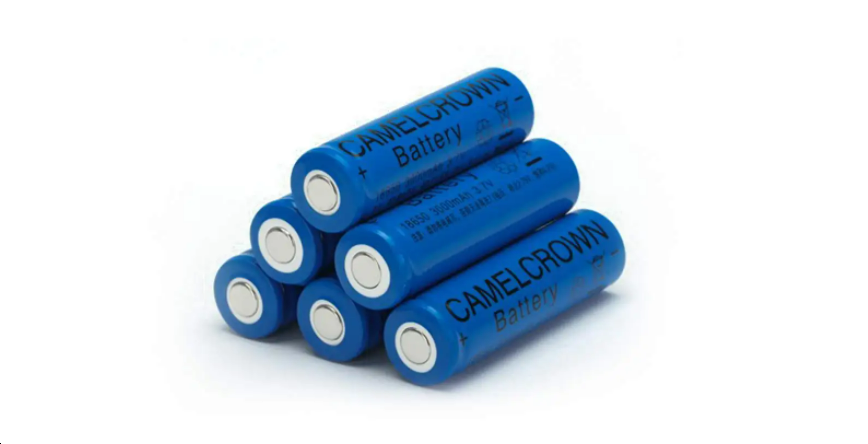

Homepage > Industrial news > Current situation of negative electrode material production process
Hits:3393 Createtime:2022-07-15 10:29:08
Cathode materials refer to the raw materials that form the cathode in batteries, such as power batteries, consumer electronics, energy storage equipment and other lithium battery fields.
Negative electrode materials mainly include carbon materials and non carbon materials. Carbon materials are mainly divided into graphite and amorphous carbon, mainly including natural graphite, artificial graphite, mesophase carbon microspheres (hard carbon), soft carbon, etc. other non-carbon negative electrode materials mainly include silicon-based materials, tin based materials, titanium based materials, nitrides, etc., of which graphite is the main raw material of negative electrode materials.

Among them, natural graphite material is a negative electrode material prepared from natural flake graphite through crushing, grading, spheroidization, purification, surface treatment and other processes. Due to the high surface activity point of natural flake crystalline graphite, it cannot be directly used as negative electrode material, and surface modification treatment is required. Artificial graphite material is made by calcining petroleum coke, needle coke, asphalt coke, etc. at a certain temperature, and then crushing, grading, high-temperature graphitization. Its high crystallinity is formed by high-temperature graphitization.
The production process of artificial graphite negative electrode material needs to be completed through crushing, gas powder process, granulation process, graphite chemical process and other processes. Therefore, the processing process of artificial graphite negative electrode material is relatively complex, reflecting the technical threshold of the negative electrode industry and the production level of the enterprise, especially in the two links of granulation and graphitization.
From the comparison between natural graphite and artificial graphite, natural graphite has high capacity, simple process and low cost, but poor cycle performance, while artificial graphite has complex process and slightly high cost, but has good cycle and safety performance.
Online consultation
>Hotline
400-966-0397




